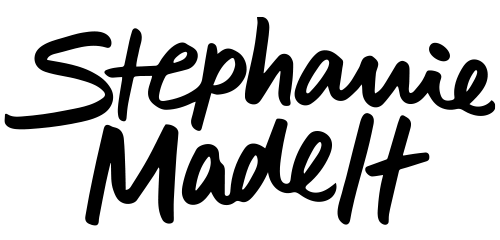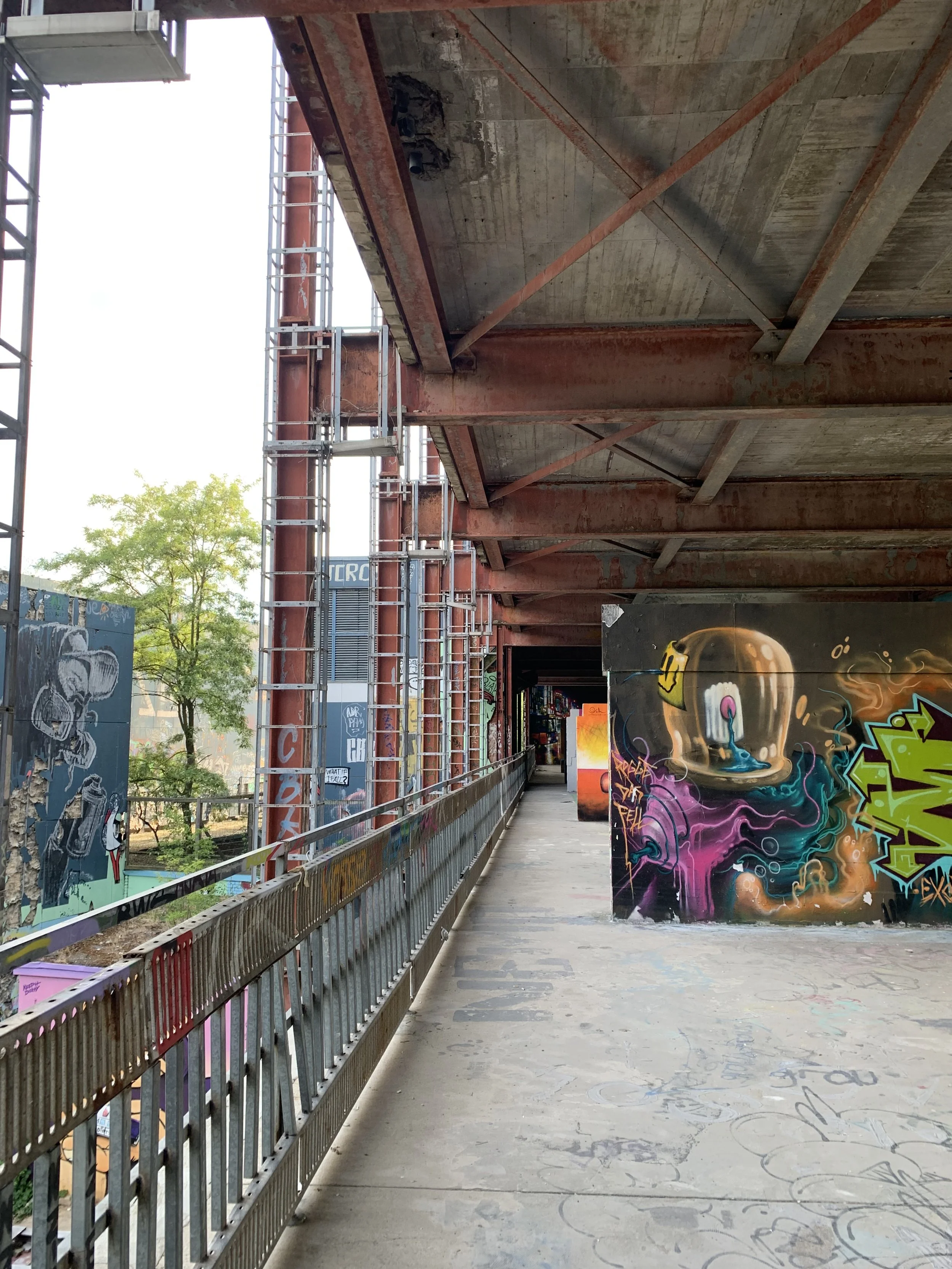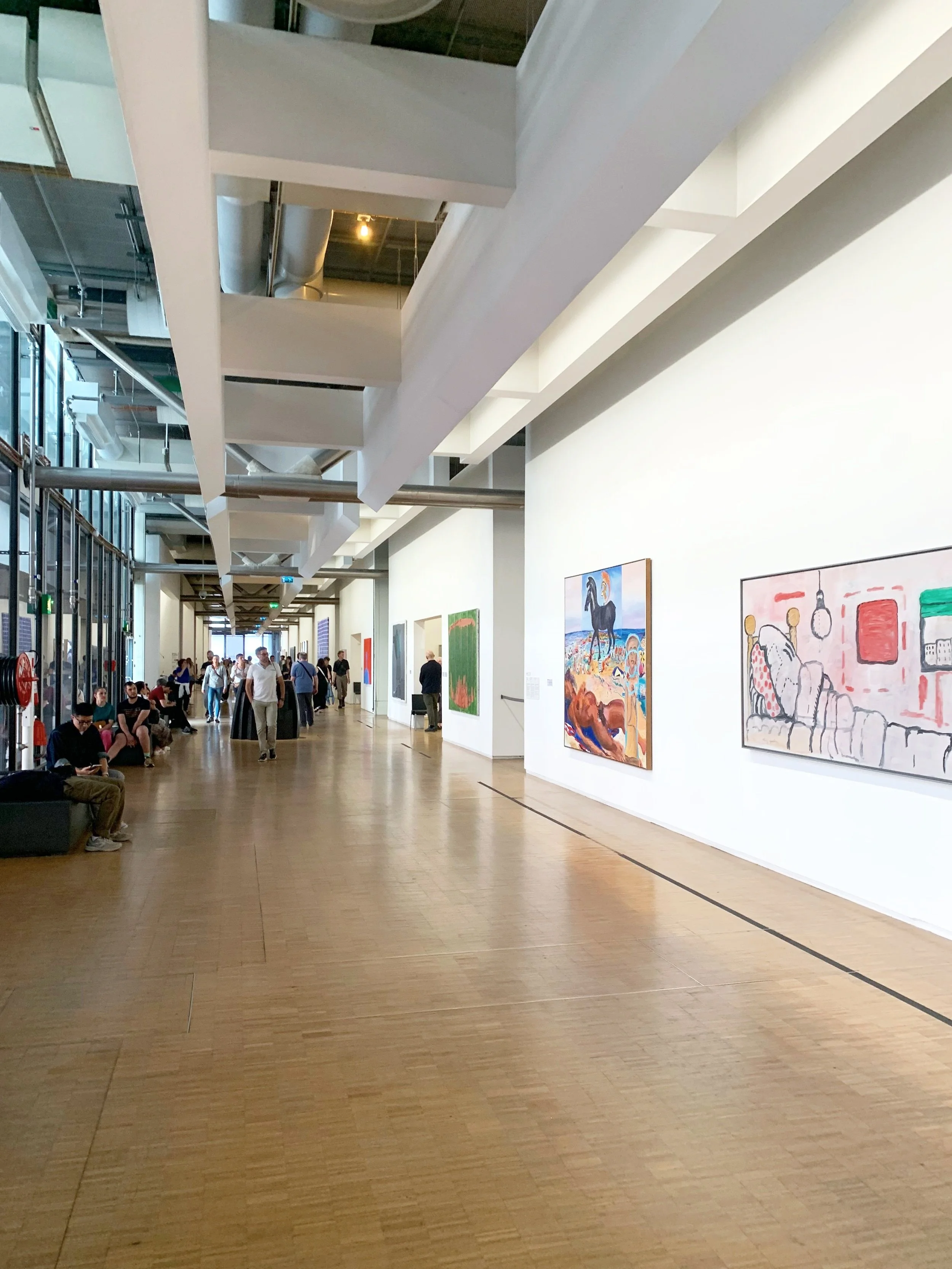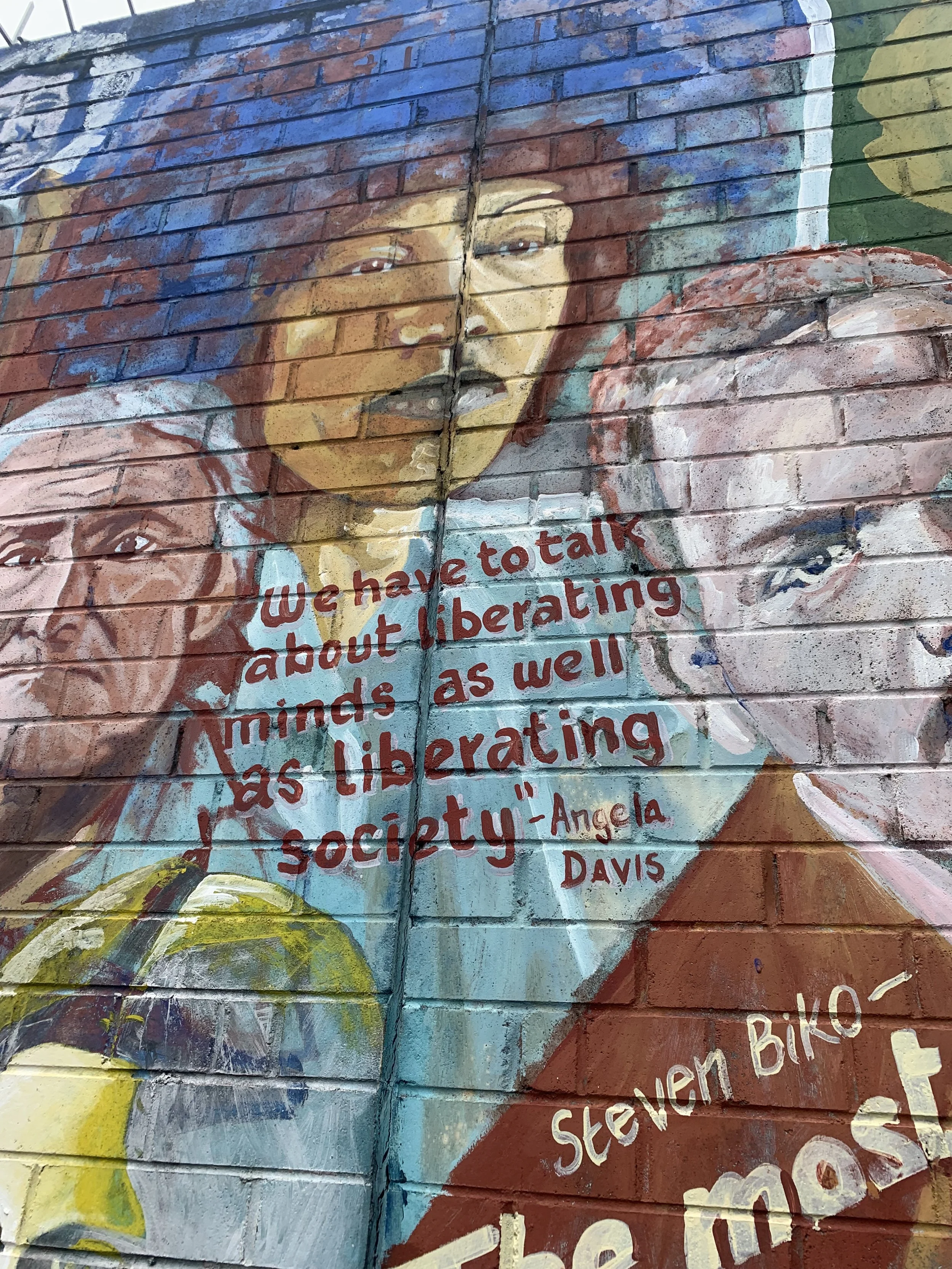On Creating Authentically
Illustration & Photography by Steph Medeiros
Oh, hello! So happy to see you here. Apologies for my surprise, I didn’t know the door was open.
I feel like art begins with thoughts, feelings, and words, so I dedicated this space purely to ideas. The anima of my creative thought wanted a place to live. It feels indulgent to have a space to talk about myself and my ideas, but if you stumbled upon this, maybe you were meant to read it, and maybe I was meant to write it. Let me catch you up with what has been happening with me lately.
I recently came back from a 5-week long trip. I had never done anything like this before, mostly due to financial reasons, but my lovely partner planned this trip meticulously as to make this adventure somewhat possible. I have that feeling of tired fullness one gets after traveling for a while. It’s like eating a big meal, it takes time to digest. I wish I had written more while I was there, but it’s hard to process and experience things at the same time. Now that I have let things settle a bit, I feel like a different person. I visited Oslo, Berlin, Paris, Manchester, Dublin, and Belfast. Taking everything in, I enjoyed every second of it, trying not to think too hard about the stress or the bills waiting for me back home. We walked so much every single day, and my calluses are still in recovery mode. More importantly, my creative calluses too.
Teufelsberg in Berlin. An abandoned NSA site completely covered in graffiti art.
Distance makes our vision more objective. Coming back from the trip, I couldn’t help but look at my work with different eyes. That objectivity helped me see what I liked, what I had outgrown, and what parts of my style could become malleable again. It takes so long to build a coherent visual aesthetic. It’s like rubbing things together until some spark ignites from disjointed parts. The color palette, the way characters look, the textures, and the shapes, are all elements that somehow fit together. Style is a visual footprint that marks everything you do. But what happens when the creative shoe doesn’t fit anymore? Just like wearing the same pair of shoes every single day during my trip destroyed my feet, I wonder if consuming the same things everyday and always drawing the same subject matter is affecting my ability to create more fully, and dare I say, more authentically. These constraints that once seemed comfortable are leaving me feeling stifled.
“It takes so long to build a coherent visual aesthetic. It’s like rubbing things together until some spark ignites from disjointed parts.”
One of the most memorable moments of my trip was visiting the Pompidou Museum in Paris. When I was 16, I desperately wanted to go there. I was taking AP art history at the time and was obsessed with surrealism, dadaism, and the modernist schools of art. I remember standing just outside the industrial facade of the museum, pleading with my family to accompany me inside, but they were tired and wanted to explore the Jardins de Luxembourg instead. To this day, I dislike that garden, despite its beauty. It kept me from seeing the fountain— not the elaborate baroque French ones, but Duchamp's inverted urinal.
Today at age 30 I walked into the Pompidou again, thirsty eyes, drinking everything in. I wasn’t there for nearly long enough, and if I ever go back to Paris, I’m spending a few days just dedicated to seeing every artwork in that museum. Disruption started there, with the French and the Russians. Many of them, socialist comrades. Breaking the traditionalism of religious art, going deep into their roots with neo-primitivism and avant-garde abstraction. What would have happened to the modernists if they had not had the courage to create outside of the hegemony of their time? What would have happened to art if Kandinsky hadn’t tried to paint music? What will happen to me if all I engage with is content and all I create for is the algorithm?
“What will happen to me if all I engage with is content and all I create for is the algorithm?”
The avant-garde is meant to be the driving force behind what is deemed possible by our collective imagination. A creative vanguard party. A cultural intelligentsia for our imagined futures. In the essay "The Artist, the Scientist, and the Industrialist" (1825) Benjamin Olinde Rodrigues's political usage of vanguard identified the moral obligation of artists to "serve as the avant-garde" of the people, because "the power of the arts is, indeed, the most immediate and fastest way" to realize social, political, and economic change.
Historically, the avant-garde hasn’t been incredibly materially based or inclusive, and social media has given underrepresented artists a much needed platform. As a queer Latine artist myself, I couldn’t pay my rent or eat without social media. The technology itself is not the problem, it is a tool. The problematic part is that our current social media models are monopolies based on profit, data mining, and conformity. They take the oxygen out of our creative flame when it is the only thing we focus on.
Inside the Pompidou Museum in Paris
Capitalist realism is a term made popular by Mark Fisher, roughly summarized in the sentence “It is easier to imagine the end of the world than to imagine the end of capitalism.” It makes us believe that there is no alternative. That what we are working with is all we have. Capitalism is what drives us to create art that sells, first and foremost. To chase the unachievable carrot. To set aside our personal experimental work, and create what can be commodified instead. I know that within this current system I have to sell and market my art to survive. But there is this part of me that will not be silenced that wants to create art to push culture forward. Like the avant-garde artists who got shunned, ridiculed, kicked out of establishments, I want to create things that are unacceptable to the current ideologies, that truly challenge the current cultural cis het white capitalist hegemony. And that art doesn’t necessarily sell.
That puts me in a bind. Wanting to survive, and wanting to create things that will challenge current perceptions. I have had the immense privilege to be able to work with what I love. I have found a niche of brands that want to align themselves with queer, inclusive, innovative, and sustainable causes. Representation and normalization are not solutions by any means, but they are harm reduction vehicles while we as working people continue to educate and organize ourselves. (We will talk about how our marginalized identities get commodified, de-radicalized, and commercialized at another time - it is such an important subject that it needs a whole dedicated essay.)
Political Mural in Belfast
As fluid creative vessels we take the shape of the spaces we are in. A lot of art is in relationship to context. A painting placed by a dumpster wouldn’t get a second glance. Place it in good lighting, a beautiful frame, and surround it with the pristine white walls of a gallery and its value is now suddenly seen. The value of the painting didn’t change. Our perception of its value did. What spaces am I engaging with, and what spaces am I subjecting my creativity to? How are those spaces influencing my creative process and how the value of my work is being perceived? I don’t want to reduce my creative expression to fit within the boundaries of capitalism, or within the boundaries of a 1080x1080 pixel square.
“I don’t want to reduce my creative expression to fit within the boundaries of capitalism, or within the boundaries of a 1080x1080 pixel square.”
I am so tired of hearing about authenticity. I don’t want to read another article written by another social media guru telling me how to perform authenticity. How can one be a truly authentic artist living under capitalism? How can one be truly authentic when so much of the work is predicated on whether it will sell or not? I’ll call “authenticity, the buzzword” what it actually is: a veneer of truth, put on a product, for marketing purposes. As a brand designer, I understand the strategic value of that approach. But is it actually authentic thought? I don’t want the entirety of my art to be a product. Then it is a product, not art. I am not a machine.
I want to drink from the fountains of my avant-garde comrades and throw the script out of the window. I want to be able to make art not just for survival, but also for progress, expression, and joy. I need to allow myself time and space to create and just see what comes out. With no goals, content, sales, or projects in mind. I want to dare to imagine beyond my current circumstances so that I can create from a place that truly fosters the new. I want to create work that is not afraid to be real. Because what is truly disruptive doesn’t try to be authentic. It just is.
Written by Steph Medeiros on July 2023, in Portland, OR.















